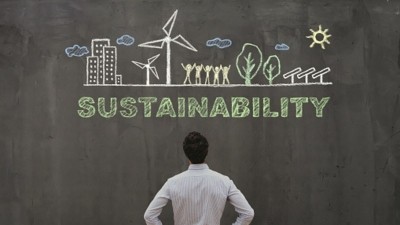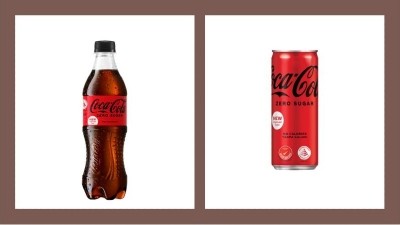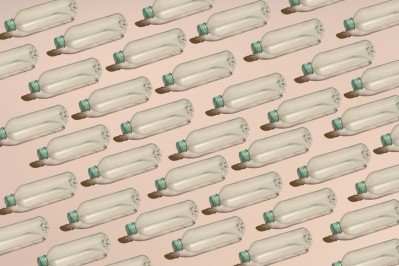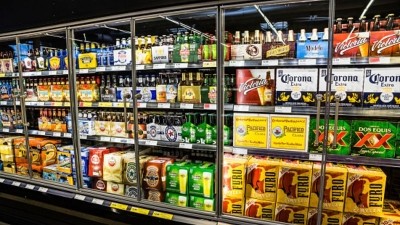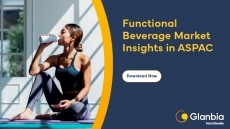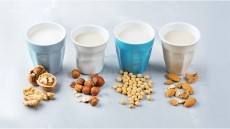Creating a dollar value: Why firms need to aid glass and aluminium recycling in Asia – Lion brewery
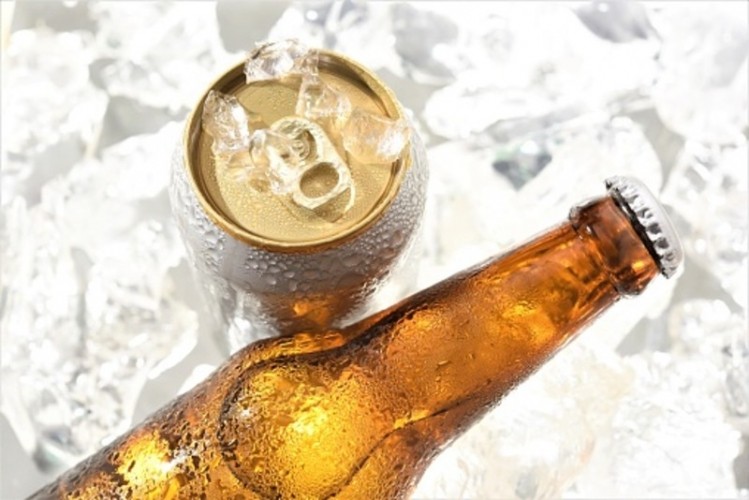
Although plastic pollution and recycling has often been the focus of sustainability discussions in the food and beverage industry, a sector like alcoholic beverages uses far less plastic but more glass and aluminium for its packaging.
Alcoholic beverages firm Lion, which is a subsidiary of Japanese giant Kirin and also operates multiple well-known brands in Australia and New Zealand including Lion, Kirin, Steinlager, Little Creatures and many more, recently released its 2020 Sustainability Report, highlighting its achievement of becoming Australia’s first carbon neutral brewer in April 2020.
“As a business, Lion is ultimately a pretty big energy user – we use both electricity and natural gas for our operations, where the former is used a lot for refrigeration and motors and more, and the latter especially for boilers,” Lion Environment Director Justin Merrell told FoodNavigator-Asia.
“It has been particularly challenging to find a sustainable substitute for natural gas, [but overall] in 2020 we have managed to achieve a 28% absolute reduction in our carbon footprint since 2015, putting us on track to meet our carbon reduction target of 55% by 2030.
“For any carbon emissions that we did not manage to eliminate by increasing energy efficiency or using solar or biogas, we purchased certified carbon credits to offset all remaining footprint.”
As for packaging concerns, Merrell highlighted that alcoholic beverage firms need to worry a great more about aluminium and glass as opposed to plastic, but added their high recyclability still makes thes#m a good packaging choice.
“By weight, we use about 85% of glass and then a lot of aluminium too – I would say both materials are very important as they are both relatively easily recyclable and are part of our 100% recyclable packaging goal by 2025,” he said.
“Both glass and aluminium are carbon intensive in their production, but if they are recycled that the carbon footprint really goes down very drastically.
“I am quite sure that these materials are here to stay, especially when it comes to beer, so one way to cut down on emissions, e.g. transportation related emissions when transporting glass which can be quite heavy, is to leverage on local producers for this to focus on local transportation pathways – we used to import glass bottles from the Middle East, and cut down on that, turning to local producers after realizing how much it was adding to the carbon footprint.”
However, it is easy to talk about recycling when in countries with more advanced recycling systems like Australia and New Zealand – but the trouble comes when looking at less advanced regions which still very much like their beer and alcohol.
“It’s true that there are places with less-advanced recycling systems that need to be looked at, like Indonesia which is really challenging for not only glass and aluminium but also plastics,” said Merrell.
“The only option here is to really create value for these materials – and this is where big firms come in to create the market. For instance, we look at Coca-Cola buying recycled bottles out of Taiwan – if such a market can be created in Indonesia where the commodities are given value and can drive locals to collect these [for recycling], then this would help to set up a really viable scheme.
“So in short, there is a need to put a dollar value on these commodities in order to drive such sustainability initiatives locally.”
The future of sustainability
Moving forward, Lion also predicts that consumers will wish to take on a more active and participatory role in the sustainability of the food and beverage products, including in alcohol.
“We already know that consumers increasingly want brands to be more sustainable and make a difference to the environment, and now they also want to have an opportunity to engage in that change as well,” Lion Sustainability Director Kathryn Wightman-Beaven said.
“This includes through their purchasing choices, the packaging, the focus on waste, social issues, messaging and more – there’s going to be more real focus on greater engagement from the consumer end to have a voice to work more collaboratively with brands to create change over the coming years.
“Already some of this is being seen – Australians have already made it known to brands that they want their products to come from local sourcing, recycled packaging made in Australia or in New Zealand, likely a response to COVID-19, and looking to brands to help them support local. There’s also been an increase of refill options, where people bring their own containers to grocery stores to refill and be part of the sustainability change that way.”
Merrell on the other hand opined that the future will see a lot more collaboration in the private sector to push sustainability initiatives forward.
“We’ve seen this happen with renewable energy in the region where the government seeded this first but then private companies ultimately stepped in and aligned efforts so as to drive high uptake – I believe the same will be seen for sustainability in the food and beverage industry,” he said.
Lion has committed to achieve an overall net-zero value chain by the year 2050.
